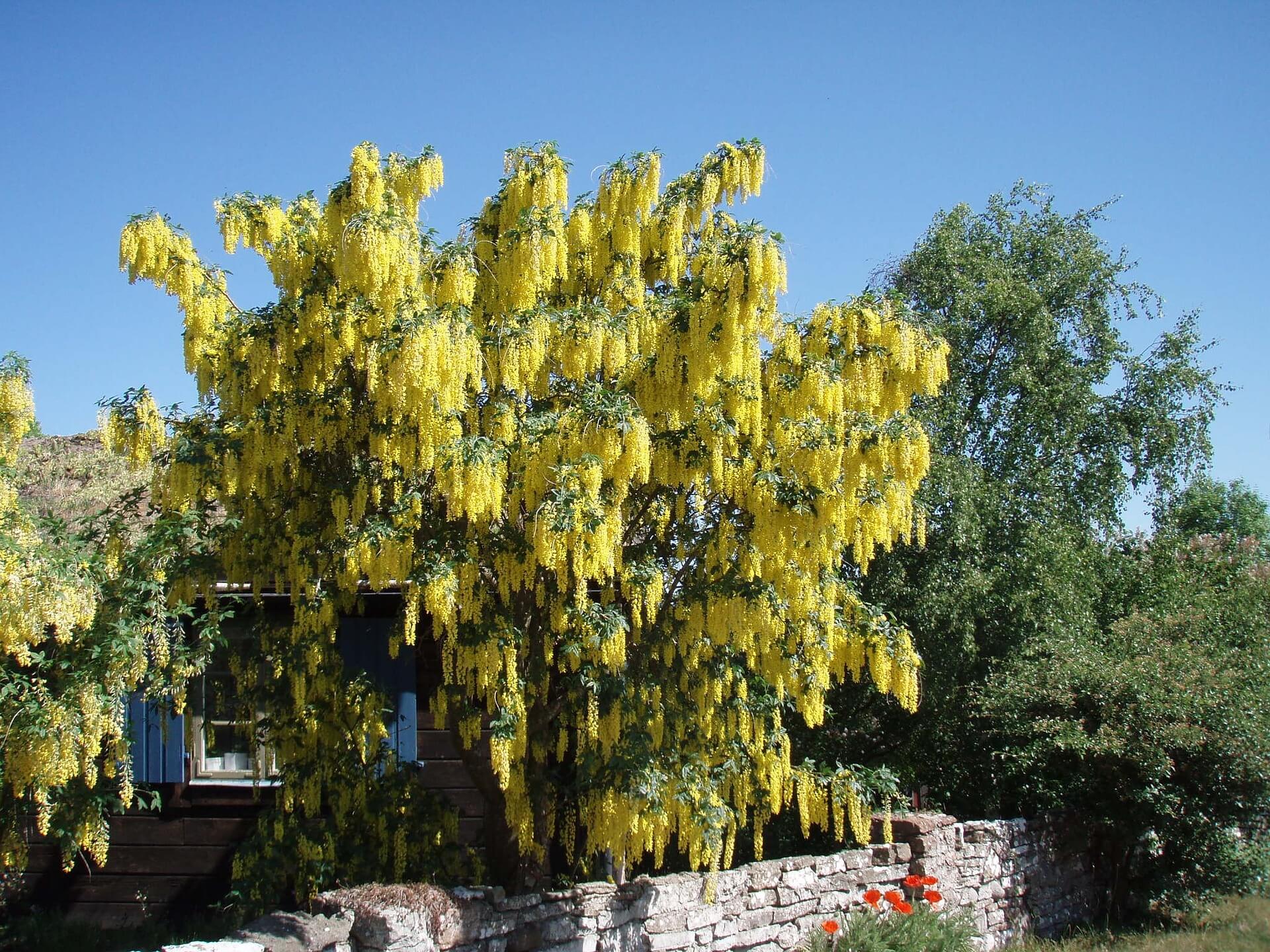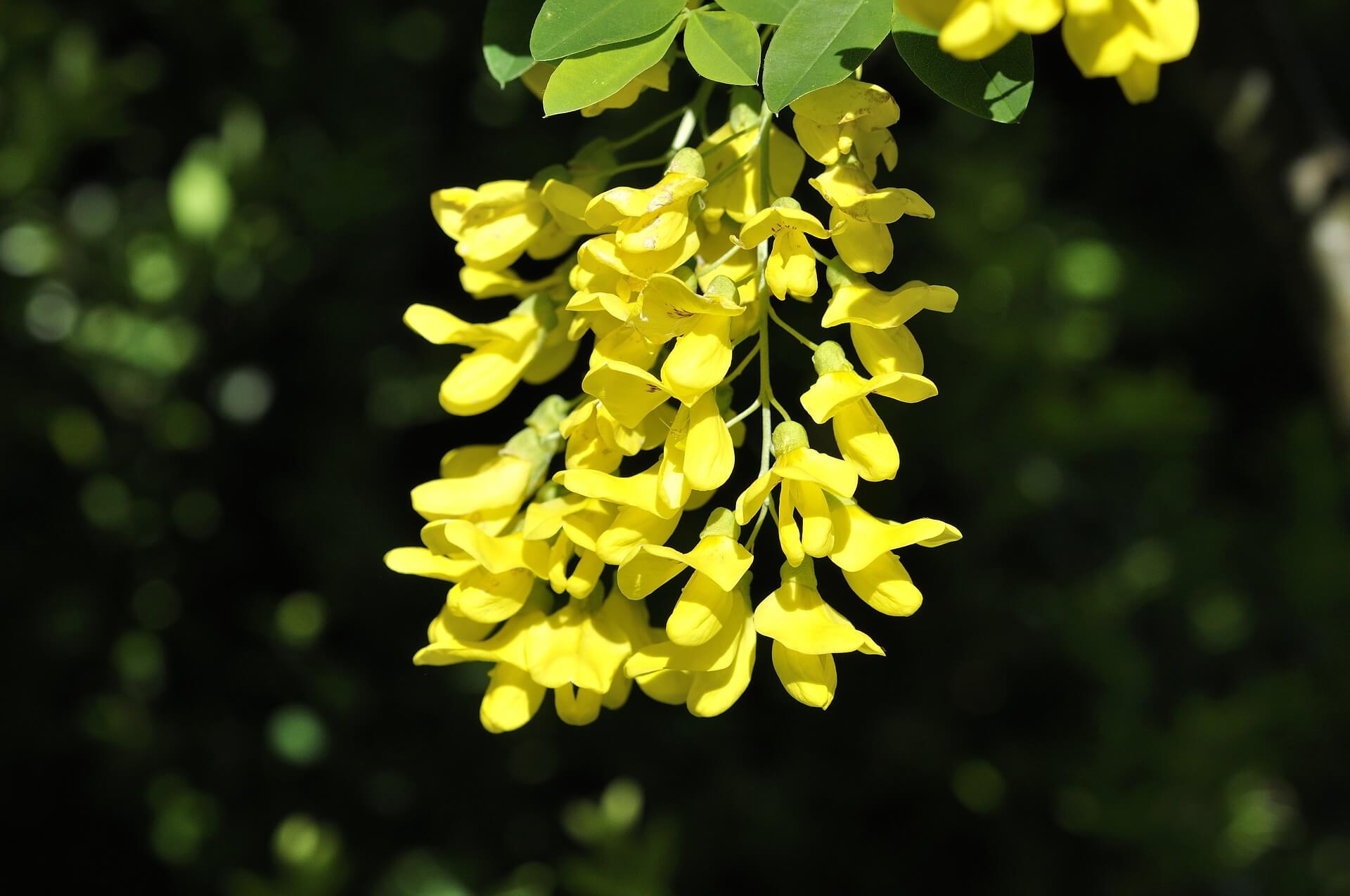Laburnum Tree Plant: A Beautiful and Deadly Addition to Your Garden
Introduction
The Laburnum tree, also known as the golden chain tree, is a beautiful and popular ornamental plant that can add a touch of elegance to any garden. With its striking yellow flowers that hang in cascades like golden chains, the Laburnum tree is a sight to behold when in full bloom. However, despite its beauty, the Laburnum tree is also known for its toxicity, making it a potentially dangerous addition to your garden if not handled with care.
Physical Description
The Laburnum tree is a deciduous tree that belongs to the Fabaceae family. It typically grows to a height of 5-7 meters, with a spread of 3-4 meters. The tree has dark green leaves that are compound and pinnate, with each leaflet being around 2-3 cm long. The most striking feature of the Laburnum tree is its flowers, which are bright yellow and hang in long clusters that can be up to 30 cm in length.
Cultivation and Care
Laburnum trees are relatively easy to grow and care for, making them a popular choice for gardeners looking to add a touch of color to their outdoor space. The trees prefer full sun and well-drained soil, and they are relatively drought-tolerant once established. Laburnum trees can be propagated from seed, but they can also be grown from cuttings or by grafting onto a compatible rootstock.
When it comes to care, Laburnum trees require regular watering during the growing season, as well as occasional feeding with a balanced fertilizer. Pruning can help maintain the tree’s shape and promote flowering, but care should be taken to avoid excessive pruning, as this can weaken the tree and reduce its overall health.
Toxicity Concerns

While the Laburnum tree is undeniably beautiful, it is important to be aware of its toxic properties. All parts of the tree, including the seeds, leaves, flowers, and bark, contain cytisine, a potent alkaloid that can cause vomiting, diarrhea, convulsions, and even death if ingested in large enough quantities. Children and pets are particularly vulnerable to the toxic effects of the Laburnum tree, so it is important to exercise caution when planting it in your garden.
Uses and Benefits
Despite its toxicity, the Laburnum tree does have some uses and benefits. In traditional medicine, the tree has been used to treat a variety of ailments, including arthritis, rheumatism, and gout. The wood of the Laburnum tree is also prized for its durability and attractive grain, making it a popular choice for furniture and woodworking projects.
In addition, the Laburnum tree is a valuable source of nectar for bees and other pollinators, making it a welcome addition to any garden looking to support local wildlife. The tree’s bright yellow flowers are also a favorite among gardeners looking to add a pop of color to their outdoor space.
Conclusion
In conclusion, the Laburnum tree is a beautiful and striking addition to any garden, with its cascading yellow flowers and elegant foliage. However, it is important to be aware of the tree’s toxic properties and take precautions to prevent accidental ingestion. With proper care and attention, the Laburnum tree can be a stunning and beneficial addition to your outdoor space.
